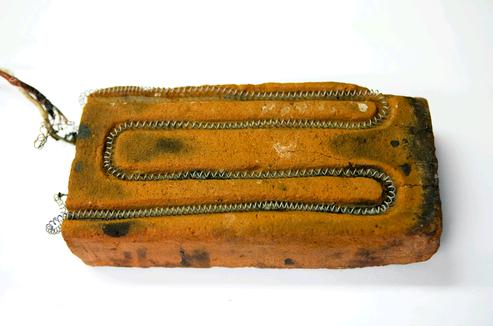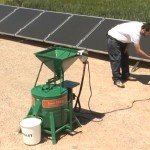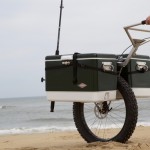The “Dictionary of arts, manufactures, and mines containing a clear exposition of their principles and practice” by Andrew Ure (and many others) is a 3,000 page illustrated encyclopedia packed with useful technical and statistical
information relating to industrial development in the nineteenth
century.
The paper version can be yours for a mere € 1,248 (or $ 1,760, including a discount), but the Internet Archive has made the entire seventh edition (published in 1875) available for free: Volume 1 (A-C), Volume 2 (D-I), Volume 3 (J-Z). Some volumes of earlier editions can be found at Google Books.
Illustration on the left: the manufacturing of money (see “Mint”).
Related: The wonders of industry (1873-1877).





